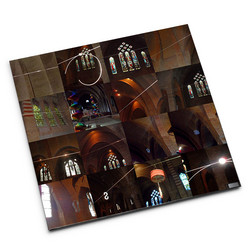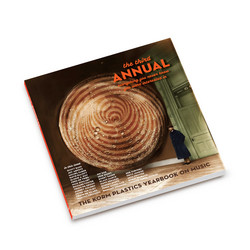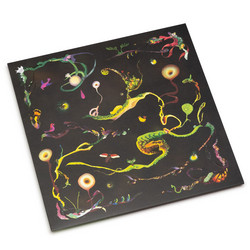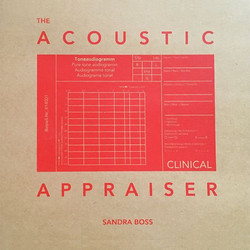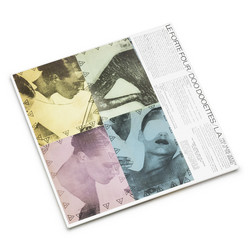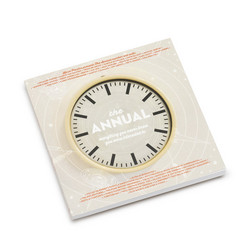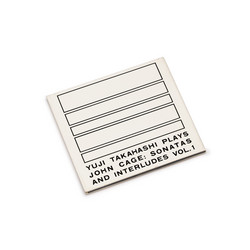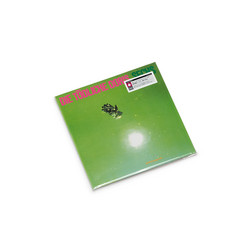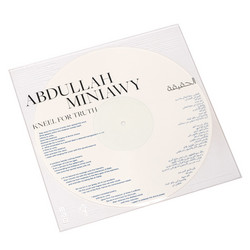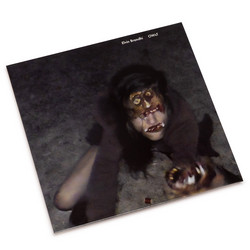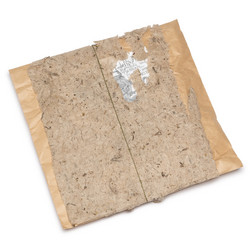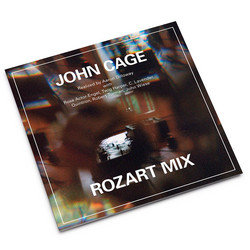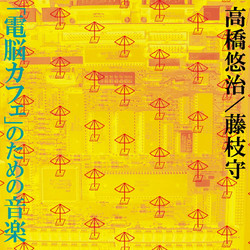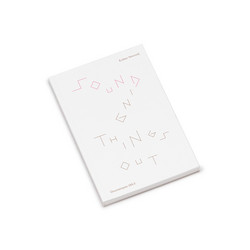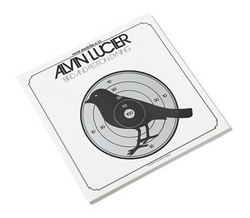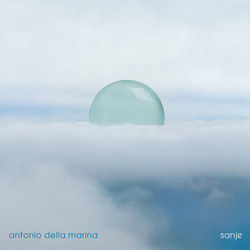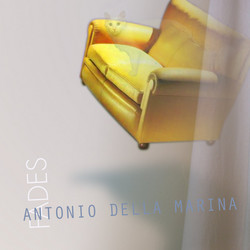Tip! *100 copies limited edition* Fades/Costellazioni is a work of sound art designed to be exhibited in a dedicated space. It has been realised in the form of a web application: to listen to it you need an internet connection and a stereo audio system. It is a work to be explored and perceived in its plasticity, because the material of which it is made - the sound - by its own nature does not fill the air in a uniform way, manifesting itself instead through hollows and plenums, areas that thicken, rarefy and interpenetrate, fading into one another. By moving carefully within this, it is possible to distinguish and recognise the shapes and their various positions in space.
In reality, sound is not really matter, and it would be more correct to speak about energy, but because of the characteristics it takes on in this work - and in my stylistic research in general - it is natural for me to consider it a mouldable material, bordering on the tangible. Sound cannot be seen directly, but if through hearing I can perceive its volume in the differences between empty and full, and so find its presence in space, then I consider it legitimate to speak of form, of plasticity. From a more descriptive point of view, Fades/Costellazioni appears as a continuous process of slow cross-fades between harmonic structures created with electronic sounds carefully tuned to each other. It has no beginning or end; its duration coincides with the time of contemplation. The evolution of the process is regulated by combinatory logics which ensure that, even within a homogeneous language, it never repeats itself in the same way.
The score was inspired by the notation system for just intonation invented by the Mexican-American music theorist Erv Wilson. In this system the notes are represented as nodes of a lattice, connected to each other by oriented segments. The orientation of the segments identifies the harmonic relationship between them. In the specific case of this work, each horizontal connection represents a musical ratio of a perfect fifth (3/2), each vertical connection a ratio of a major third (5/4), and so on for the intervals 7/4, 11/8 and 13/8 according to the diagram shown on the right. Proceeding upwards or to the right the ratio is positive (e.g. 3/2 or ascending fifth), while moving downwards to the left it is negative (4/3 or descending fifth). The 1/1 root note is an A at 432 Hertz located in the center of the lattice. Starting from the design of a structure with 78 nodes and 143 segments, I identified all the reticular planes, that is those sets of nodes connected to each other with segments oriented in two, and only two, directions. In musical terms, all possible chords with notes connected to each other by two, and only two, types of intervals. The result is 88 "constellations", named after the numbers involved in their construction, each of which is given a double page in the score.
For each constellation I have indicated both the ratio of the notes that compose it and their relative frequencies in Hertz. In some cases, particularly where the number of nodes was very high, the constellation has been divided into subsections referred to as "subsets". The sounds are generated electronically with sinusoidal oscillators; the sequence of the constellations is random but constrained by their adjacency, that is, only transitions between constellations that share a segment are possible. These relationships are indicated in the score. Fades/Costellazioni is ideally designed for a quiet space. It is not suitable for either outdoor or headphone listening. The quality of the audio system significantly affects the aesthetic result; I recommend the use of a subwoofer. This score is an integral part of the work. - Antonio della Marina
